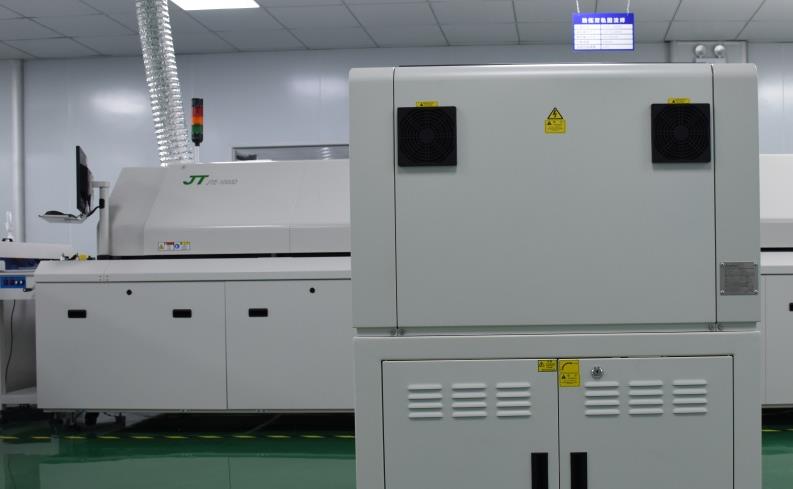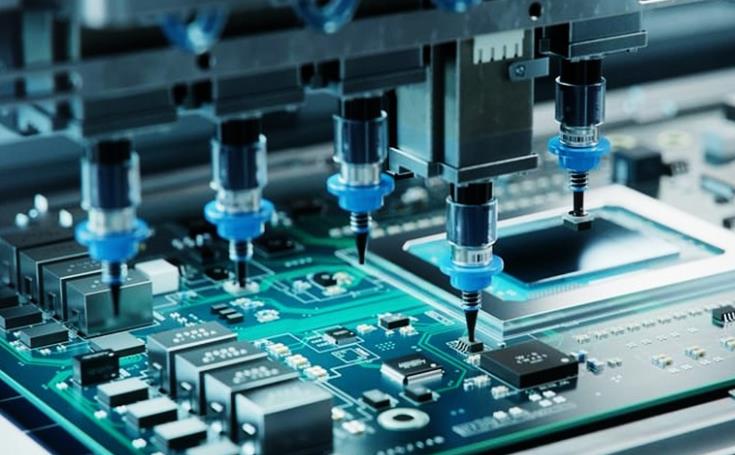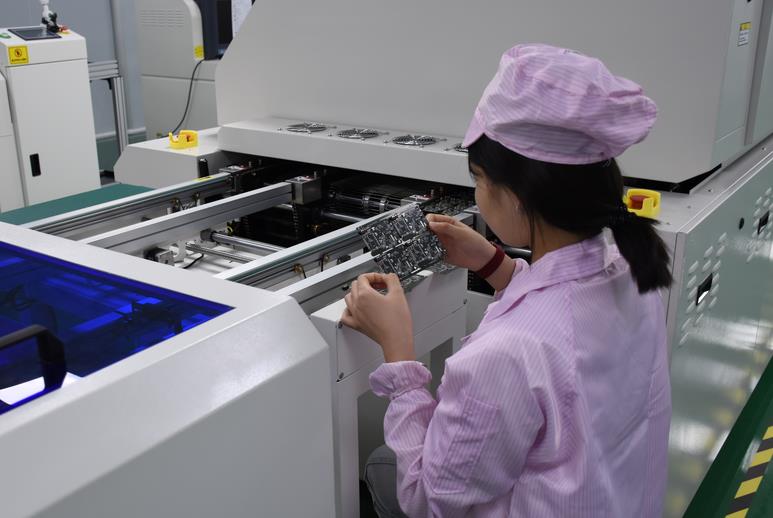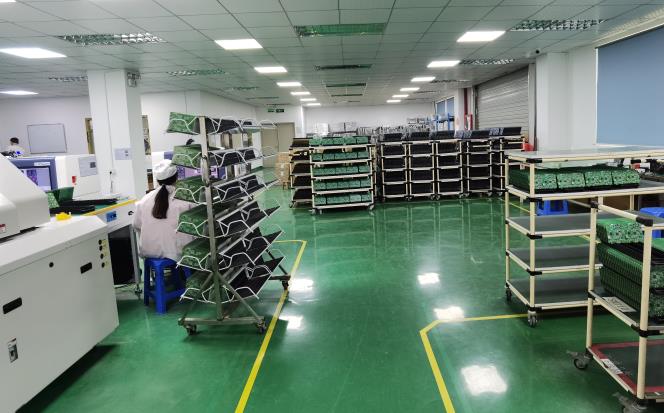SMT lead-free process requirements and solutions
The requirements and solutions for the lead-free process in SMT (Surface Mount Technology) encompass various aspects, including the selection of solder paste, printing, reflow soldering, and more. Here's a detailed translation of the previously mentioned points:
Selection and Preparation of Solder Paste
Types of Solder Paste:
Lead-free solder pastes such as Sn/Ag3.0/Cu0.5 are commonly used, offering a lower melting point and excellent soldering performance.
The choice of solder paste depends on specific product requirements, soldering processes, and cost considerations.
Thawing and Mixing of Solder Paste:
Solder paste should be thawed from refrigerated storage for at least 4 hours.
After thawing, mix the solder paste for 2 minutes with a mechanical mixer or 3 minutes manually to ensure even distribution of its components and improve soldering quality.
Printing Process Requirements
Stencil Design:
Use stainless steel laser-cut stencils with a thickness typically ranging from 80 to 150 microns (0.1 to 0.25 mm) to ensure even and accurate deposition of solder paste onto the PCB.
The stencil opening should closely match the pad size, ensuring an optimal amount of solder paste is applied.
Printing Parameters:
Squeegee materials can be hard rubber (polyurethane) or stainless steel.
Squeegee speed ranges from 2 cm/s to 12 cm/s, adjusted based on PCB component size and density.
Squeegee pressure should be controlled at 1.0-2 Kg/cm² to ensure even coverage of solder paste on the pads.
Substrate Requirements:
The substrate should be flat, with accurately spaced and stable pads.
Pad design should be compatible with the stencil, and include well-defined reference points for automatic positioning and calibration.
Label ink on the substrate should not interfere with the printing area.
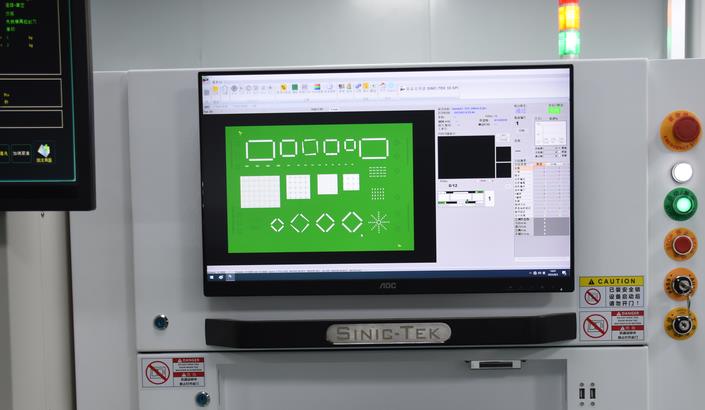
Reflow Soldering Process
Temperature Profile Setting:
Adjust the temperature profile to meet the requirements of different solder paste manufacturers.
The profile should include preheat, soak, reflow, and cool-down stages to ensure the solder paste fully melts and forms good solder joints.
Reflow Equipment:
Compatible with various reflow equipment, including convection, infrared, and vapor phase systems.
Temperature Requirements:
For lead-free solder pastes, the peak reflow temperature is typically higher and must be adjusted based on the specific paste type and PCB material.
Companies like Mindspeed Technologies follow JEDEC J-STD-020 specifications for their lead-free packaging materials, with varying peak reflow temperatures depending on package sizes (e.g., 260°C for small packages, 250°C for medium, and 245°C for large).
Solutions
Optimize Process Parameters:
Continuously refine thawing, mixing, printing, and reflow soldering parameters through experimentation and data analysis to improve soldering quality and production efficiency.
Adopt Advanced Equipment:
Introduce advanced SMT and inspection equipment, such as high-precision printers and in-line inspection systems, to enhance production automation and product quality.
Strengthen Employee Training:
Regularly train and assess operators to improve their skills and quality awareness, ensuring strict adherence to process requirements.
Establish a Quality Management System:
Develop and refine a quality management system to tightly control raw materials, production processes, and products, ensuring compliance with customer requirements and industry standards.
The requirements and solutions of SMT lead-free process involve many aspects, and it is necessary to comprehensively consider multiple factors such as the selection of solder paste, printing process, reflow soldering process and solutions. The production efficiency and product quality of SMT lead-free process can be improved by continuously optimizing process parameters, adopting advanced equipment, strengthening employee training and establishing a quality management system.
Prev: PCB Assembly Service ODM Process
Next: Detailed Explanation of PCBA Custom Development and Ordering Process


